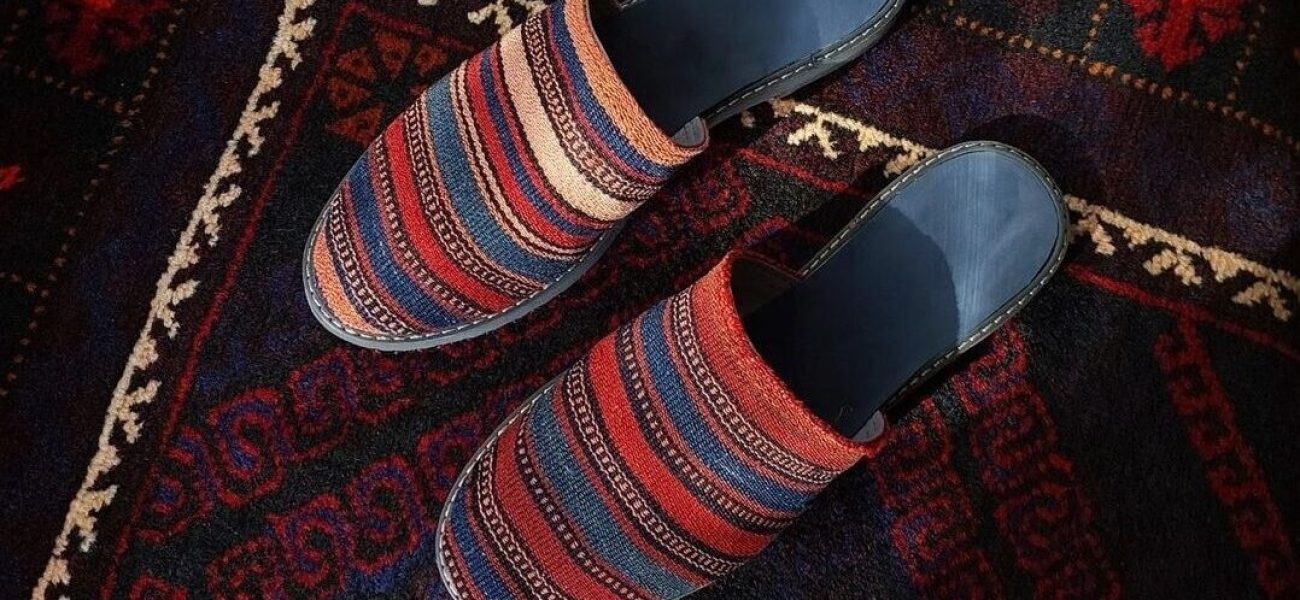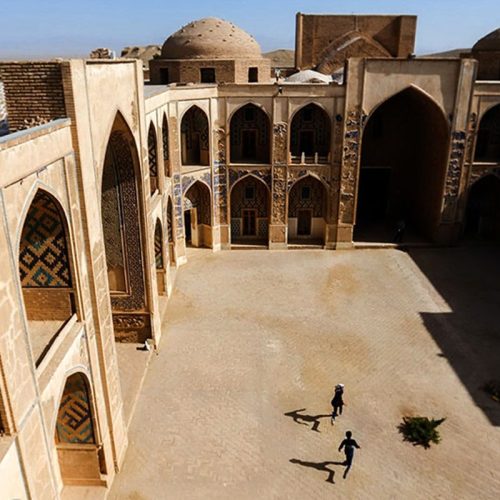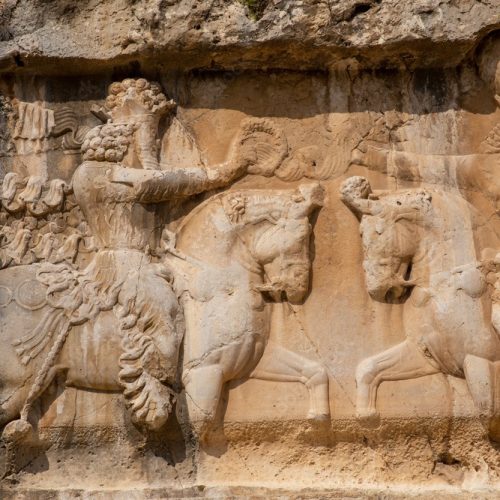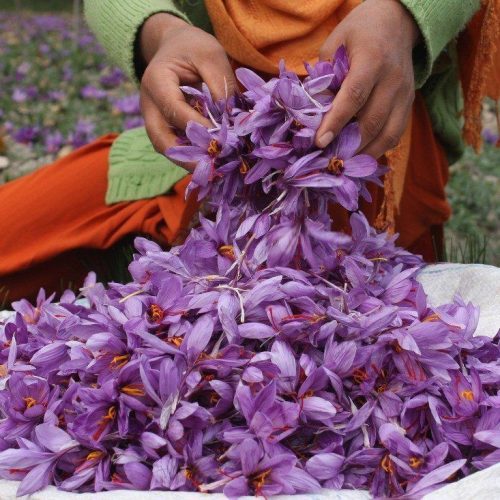By Dr. Atousa Rezaii Iranian Cultural Studies Journal
When I was a child, my grandfather would sit on our worn traditional carpet, carefully weaving a pair of Kalash – those iconic Kurdish espadrilles that have walked through centuries of history. His weathered hands would move with a precision that seemed to breathe life into each thread, each stitch a whisper of our cultural heritage. Little did I know then that these simple shoes were carrying within them the entire saga of Kurdish resilience, identity, and artistic expression.
The Roots of a Cultural Icon
The Kalash, or Giveh as it’s locally known, is far more than a mere footwear. It is a living, breathing artifact of Kurdish culture – a textile testimony that has traversed mountains, survived political upheavals, and maintained its dignity through generations of transformation. Originating in the rugged landscapes of Kurdistan, these handwoven shoes represent a profound connection between human craftsmanship and the natural environment.
Traditionally crafted in villages scattered across the Kurdish regions of Iran, Iraq, Turkey, and Syria, the Kalash is a product of necessity transformed into an art form. The mountainous terrain demanded footwear that was both lightweight and durable, capable of navigating rocky paths and withstanding harsh climatic conditions. What emerged was not just a shoe, but a cultural signature.
The Weaving Technique: A Dance of Threads
The process of creating a Kalash is nothing short of a ritualistic performance. Artisans – often women and elder craftsmen – begin with selecting the finest cotton threads. These aren’t just any threads, mind you. Each strand carries the memory of countless harvests, of hands that have tended cotton fields under the scorching Kurdish sun.
The weaving technique is intricate. Using traditional looms that have been passed down through generations, craftsmen create a base fabric that is simultaneously strong and breathable. The white cotton serves as a canvas, soon to be transformed by intricate patterns that tell stories of local landscapes, familial histories, and sometimes, silent acts of resistance.
More Than Fabric: A Political Statement
During periods of cultural suppression, when Kurdish identity was systematically marginalized by various national governments, the Kalash became more than a shoe. It transformed into a subtle form of cultural preservation. Each woven pattern, each carefully selected color became a statement of existence, a quiet rebellion against forced assimilation.
In the mountainous villages of Kurdistan, wearing traditionally made Kalash was an act of cultural pride. When official policies tried to erase distinctive Kurdish dress and customs, these shoes remained – a persistent reminder of an unbreakable cultural spirit.
The Economic Lifeline
For many Kurdish communities, Kalash production was not just a cultural practice but a critical economic strategy. In regions where economic opportunities were limited, the production and trade of these shoes provided a crucial source of income. Entire families and sometimes entire villages would be involved in different stages of Kalash production – from thread preparation to final weaving and market distribution.
Young apprentices would learn the craft not just as a skill, but as a form of family and community legacy. The knowledge was transmitted not through formal education, but through intimate, generational interactions – a grandfather’s patient guidance, a mother’s careful instruction.
Symbolic Designs: Reading the Fabric
Each Kalash tells a story. The geometric patterns are not random decorations but complex linguistic systems of their own. A specific zigzag might represent mountain ranges. A particular shade of blue could symbolize water sources crucial to a community’s survival. Red threads might commemorate historical battles or familial migrations.
Anthropologists and textile historians have long been fascinated by these intricate designs. They are, in essence, a form of unwritten historiography – historical records embedded in fabric, waiting to be read by those who understand the language of threads.
Evolving Traditions
Like all living cultural practices, the Kalash has not remained static. With modernization and global economic shifts, traditional production has faced significant challenges. Mass-produced footwear, changing fashion trends, and migration have put immense pressure on this traditional craft.
However, contrary to predictions of its demise, the Kalash has shown remarkable adaptability. Young Kurdish designers are now reimagining these shoes, creating contemporary fashion lines that honor traditional techniques while appealing to global markets. What was once purely functional footwear is now becoming a statement of cultural renaissance.
Personal Reflections: A Generational Narrative
I remember watching my grandfather, his glasses perched precariously on his nose, carefully selecting threads for a new pair of Kalash. “These are not just shoes,” he would tell me, “these are our family’s biography, our village’s memory.”
His words resonate more deeply now. In an increasingly globalized world where cultural distinctions are rapidly eroding, the Kalash stands as a testament to the power of local craftsmanship, to the resilience of community knowledge, and to the subtle ways cultures preserve themselves.
The Global Context
Interestingly, the Kalash is no longer just a Kurdish artifact. Global fashion circles have begun recognizing the unique craftsmanship of these shoes. Sustainable fashion movements have highlighted them as excellent examples of traditional, environmentally friendly production techniques.
Designers from Paris to New York are now drawing inspiration from the simple yet profound design principles of the Kurdish Kalash. What began as a mountain village’s practical footwear is now walking international runways, a beautiful illustration of cultural exchange and appreciation.
Preservation and Future
Today, efforts are being made to document and preserve the intricate techniques of Kalash production. Cultural institutions, both within Kurdistan and internationally, are recording the stories of master craftsmen, collecting historical specimens, and supporting ongoing production.
Digital archives are being created, ensuring that even if physical production declines, the knowledge and cultural significance of the Kalash will be preserved for future generations. It’s a form of cultural conservation that goes beyond mere documentation – it’s about maintaining a living, breathing tradition.
Threads of Continuity
As I conclude this reflection, I look down at a pair of Kalash my grandfather wove decades ago. They sit in a place of honor in my study – not as a museum piece, but as a living reminder of our cultural journey.
The Kalash is more than a shoe. It is a narrative woven with cotton threads, a geographical memoir, a political statement, and a bridge between past and present. In every fiber, in every carefully constructed pattern, it carries the soul of Kurdistan – resilient, beautiful, and forever evolving.
Dr. Atousa Rezaii is a cultural historian specializing in Kurdish material culture and traditional crafts.




